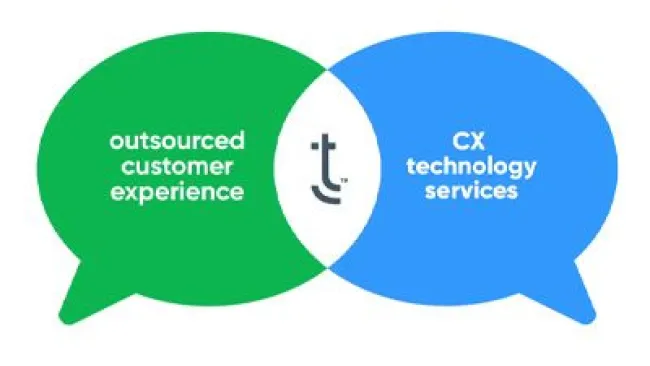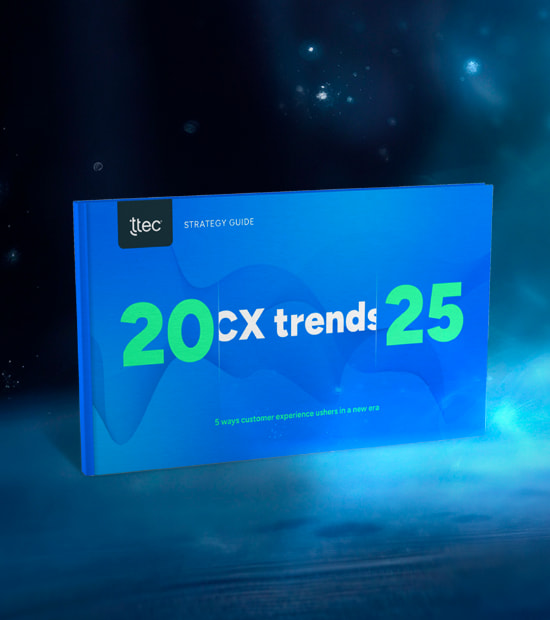I’m excited about the upcoming Enterprise Connect conference where I’ll be participating in a panel discussion that will explore the business case for moving an organization’s contact center into the cloud. I’m looking forward to a stimulating discussion on a topic that has so many different layers.
There are numerous benefits for moving the contact center to the cloud, including lower total cost of ownership and greater flexibility and agility for supporting customers. In a quantitative assessment of cloud deployments we conducted, the ROI related to IT staff shifting from a premise-based contact center environment to a cloud platform can jump to a 15 percent reduction in IT personnel costs depending on the number of IT resources that are dedicated to supporting a premise environment.
While there are multiple components for executives to evaluate before transitioning to the cloud, including the potential impact on customer retention, revenue growth, and other business and operational outcomes, it’s critical for decision-makers to look at the big picture before selecting a platform. Understanding the contact center’s top operational and business objectives, including its customer experience goals, should be top of mind in the cloud selection process.
Unification and simplification for customers
The contact center involves a lot of moving pieces. ACD. Workforce management. Omnichannel customer support. It used to be that companies looking for best-in-class solutions in these and other disciplines had to cobble together a set of offerings from a variety of vendor partners that didn’t always mix and match well. But now, contact center leaders can partner with a single provider that can offer seamless integration across many technologies with the ability to deploy through public, private, and hybrid cloud environments. This can be done through a unified communications (UC) architecture, which offers businesses multiple tools to improve contact between employees and consumers, as well as across myriad devices. Partnering with a single provider that offers such multiple best-in-class cloud capabilities can enable companies to optimize functionality and manage costs effectively while creating scalability for future requirements. For instance, the use of a UC platform can integrate inbound and outbound voice communications with chat, web collaboration, email, and social media. UC enables associates to support multiple customer interactions simultaneously while meeting customers in the channel of their choice.
When managed effectively, UC can generate impressive results. According to research conducted by Chadwick Martin Bailey, UC can deliver up to a 10 percent increase in first contact resolution and up to a 25 percent improvement in response rates while enabling staff to handle up to 30 percent more customer interactions. Moreover, by offering multichannel communications, unified communications can also yield up to a 50 percent reduction in monthly telecom charges.
TTEC Technology worked with one global client that was having trouble keeping up with its rapidly expanding growth using outdated legacy systems and disconnected communications channels. To help the client connect more effectively with its omnichannel customer base, we helped the company move off its end-of-life legacy systems and onto our cloud solution - Cisco-Powered Hosted Collaboration Solution (HCS)/Contact Center as a Service (CCaaS) platform - which unified and simplified systems, channels, and processes for our client and its customers. The scalable approach has enabled our client to keep pace with growing customer demand and global expansion while providing a cost-effective approach to supporting customers across a variety of digital touchpoints.
Cloud contact centers have come a long way. However, they’re not all created equal. Before choosing a platform, do your due diligence and be sure that the platform you select aligns with the organization’s business and operational goals and offers the promise to differentiate the customer experience.
Also, check out the most recent issue of our eNewsletter.
Look at the Big Picture When Evaluating Cloud Contact Centers


















